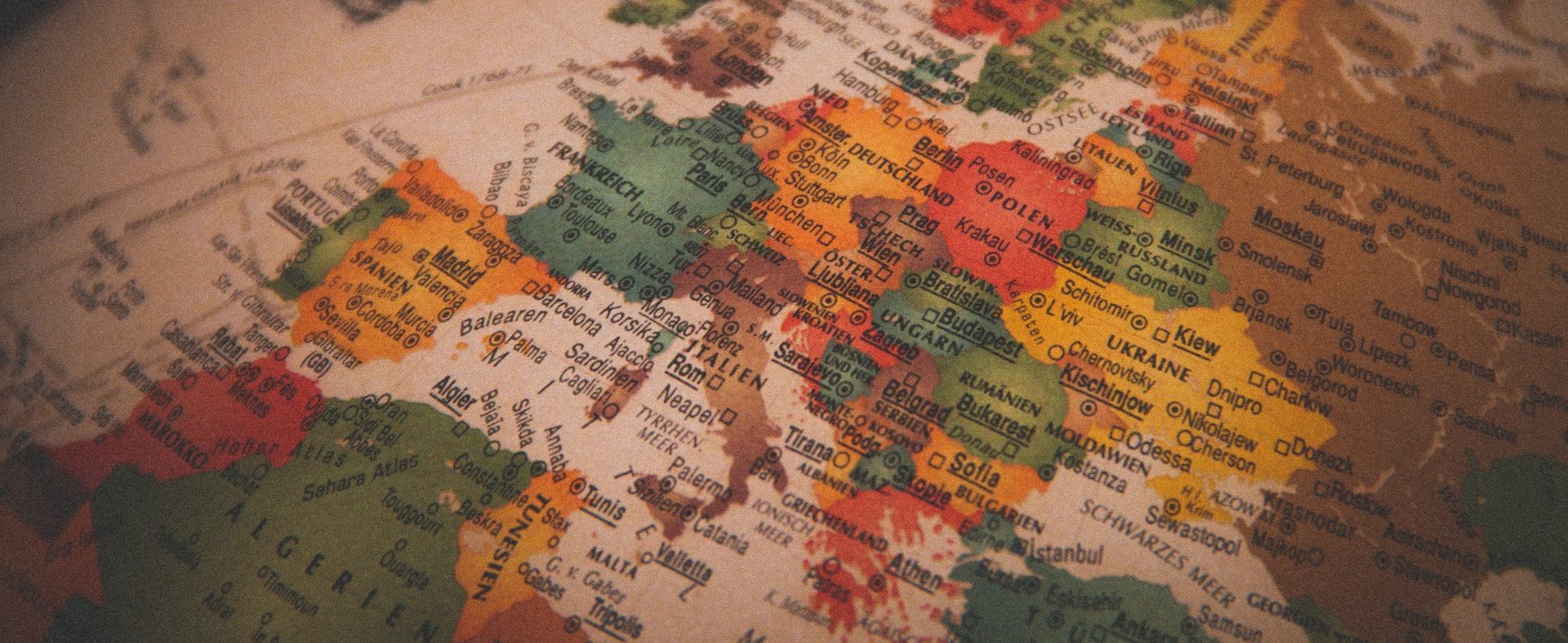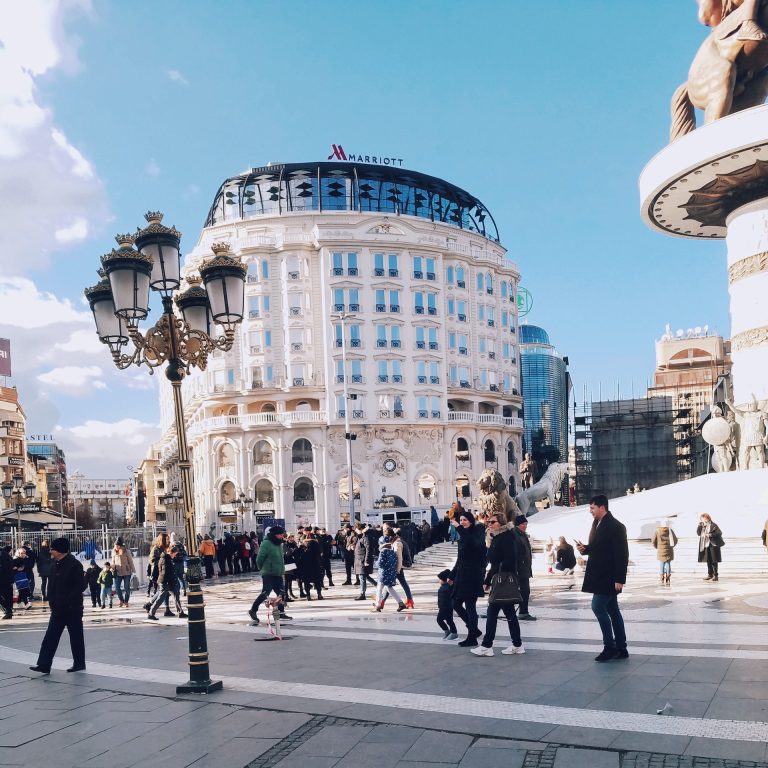Where is North Macedonia?
Where is North Macedonia?
Where is North Macedonia? This is one of the questions we get asked most often, which considering that North Macedonia is the 36th smallest country by land mass in Europe is understandable.
Nestled in the heart of the Balkan Peninsula, North Macedonia is a landlocked country that borders Bulgaria to the East, Greece to the South, Albania to the West, Kosovo to the Northwest and Serbia to the North.
This Southeast European gem, often overlooked on the world stage, invites intrepid travelers to uncover the layers of its history, explore its diverse landscapes, and immerse themselves in the warm embrace of its cultural heritage. From the sun-drenched plains to the lofty mountain peaks, North Macedonia offers a journey through time and terrain, making it a destination that whispers tales of antiquity while embracing the rhythm of contemporary life.
Where is North Macedonia Geographically?
North Macedonia, with its geographical coordinates approximately between 41.6086° N latitude and 21.7453° E longitude, is a landlocked country on the southern part of the Balkan Peninsula. The topography is a mesmerizing blend of mountains, valleys, and lakes, with the jewel in its crown being Lake Ohrid—a UNESCO World Heritage site that not only reflects the azure skies above but also mirrors the nation’s rich cultural tapestry.
Travelling to North Macedonia
Airports
North Macedonia’s accessibility is facilitated by well-connected airports that serve as gateways to its cultural and natural wonders. The capital, Skopje, boasts the Skopje International Airport, a modern hub that links the country to various international destinations. Skopje‘s airport is not just a transit point; it’s a portal inviting travelers into a realm where ancient history meets contemporary vibrancy. Additionally, the Ohrid St. Paul the Apostle Airport, situated near the picturesque Lake Ohrid, provides a convenient entry point for those eager to explore the region’s stunning landscapes.
Roads
The road network in North Macedonia includes key highways, the E65 and E75, connecting North Macedonia to its neighboring countries, creating conduits for exploration. The well-maintained roads not only facilitate smooth travel but also offer picturesque routes that showcase the country’s topographical diversity. Whether winding through mountainous regions or traversing fertile valleys, the roadways invite adventurers to savor the ever-changing landscapes.
Railways
While roadways provide a scenic journey, North Macedonia’s railway network contributes to the country’s connectivity. The railway system, though not as extensive as some in Europe, links major cities and has international routes to Kosovo, Serbia, Albania and Greece, offering an alternative mode of travel. The scenic rail routes provide glimpses of the countryside, allowing passengers to witness the transition from urban landscapes to the tranquility of rural vistas. As the train traverses the landscape, travelers can absorb the cultural nuances that define each region.
Whether flying into the country through its modern airports, navigating the scenic roads that crisscross its varied terrains, or taking a leisurely train journey through historical landscapes North Macedonia’s transport routes are not just conduits; they are passages that enrich the traveler’s experience, inviting them to embrace the diversity that defines this Southeast European gem.
The answer to the question, Where is North Macedonia?
Hopefully after reading his article you now know the answer to the question, Where is North Macedonia?, as well as having an insight about what North Macedonia has to offer.
Thinking of travelling to North Macedonia, then why not check our ultimate travel guides to Skopje, Ohrid and Bitola.




